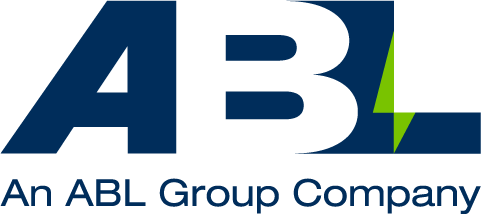Enrichment of asset master data for effective maintenance and integrity management
Project Objective: To assure safety integrity, improve reliability and work more efficiently by having access to accurate asset master data in the CMMS (SAP).
Client: Oil and Gas Operator
Asset: Offshore production platforms
Duration: 5 months
Location: The Caribbean
Software: Effio™
Why we were contracted
A meticulously planned preventative maintenance and integrity management program built upon reliable master data is proven to reduce risk of incident, equipment failure, deferred production and minimise unplanned maintenance costs.
In understanding the necessity of having access to reliable master data to build and deploy an effective maintenance and integrity management regime, and after experiencing flaws in the data during operations, our client required expert support to fix and optimise their asset management program in the most efficient and effective way possible.
Challenges faced by the client
- The operator purchased the assets from another oil and gas operator and inherited poor quality data and a maintenance and integrity management regime that wasn’t fully optimised or designed to mitigate risk and safeguard production
- The operator experienced issues caused by poor quality data during operations which resulted in:
- Equipment and system reliability issues
- Production downtime
- A reactive maintenance culture
- An inability to order the correct spare parts efficiently for maintenance or repairs
- Critical equipment with no maintenance, spares or safety assurance tasks assigned
- An inefficient maintenance schedule
- Inefficiencies in the planning process due to lack of data, functional interdependencies, and drawings
- The most effective method for plugging these critical data gaps would have been to conduct a physical asset verification, by going to site to verify equipment existence and collect key datapoints, however due to COVID-19 this was not possible, and a desktop verification exercise approach was utilised
- Issues with the drawing quality and completeness caused an inability to capture and verify all functional locations, so an alternative approach to data gathering and verification had to be established
What we did
In understanding the challenges associated with getting access to the information required to complete a desktop verification exercise and subsequent as-built functional location hierarchy build, ABL’s consultants had to develop alternative methodology to deliver the desired enrichment results for our client.
Here is an overview of the steps we took to deliver this complex verification and enrichment project:
- Completed a desktop asset verification using the available drawings and data to verify tag existence, capture critical datapoints and identify parent and child relationships
- Developed an information gathering process and methodology to gather key insights from the site operations team
- Hosted a series of discipline workshops with site operations personnel to capture their in-depth insights and knowledge of the equipment they work with on a day-to-day basis
- Development of an asset register with:
- A functional location hierarchy
- Equipment type assignment
- Standardised short and long descriptions
- Equipment specifications
The deliverables
- 39% increase in the asset register tags: Increased the overall tag count from 14,203 to 19,771 through a desktop asset verification exercise
- Eliminated 4.9% of non-existence tags: Deleted 4.9% of the tags that did not exist on the engineering drawings or on the plant
- Enriched asset register by 19% utilising drawings: Updated the asset register with new tags identified in the available engineering drawings
- Enriched asset register by 13% utilising site personnel: Updated the asset register with new tags identified in the workshops by the site operations personnel
- Safety critical equipment is now documented in the CMMS: Pressure Relief Valves, Fire Extinguishers and Pressure Vessels were some of the many safety critical equipment missing from the asset register that are now documented
The value we delivered
An accurate and reliable asset register
A reliable asset register provides the foundation to build and deploy an effective and efficient maintenance and integrity management regime
The ability to unlock cost and time savings
Having access to a well-built functional location hierarchy will reduce time required to plan and schedule maintenance, and provide the ability to optimise the maintenance schedule by understanding interdependencies and functional locations
The means to reduce risk
Having the safety, production and environmentally critical equipment documented in the asset register provides the ability to assign risk mitigation tactics such as maintenance or performance assurance tasks
The foundation for maintenance and integrity excellence
With the maintainable equipment now in the asset register, preventative maintenance and safety assurance tasks and measures can be put in place to safeguard production, assure safety, and optimise operational expenditure
